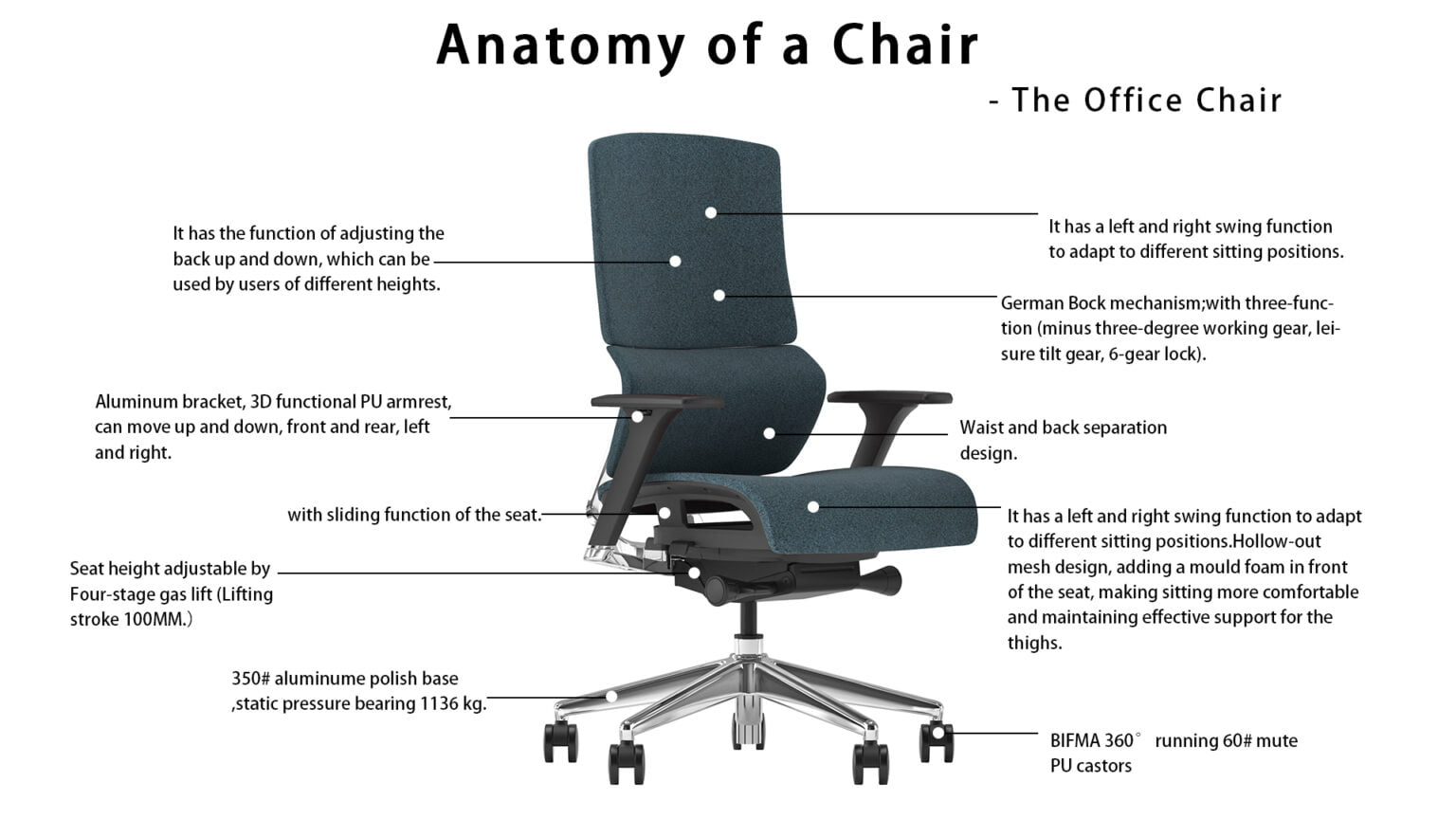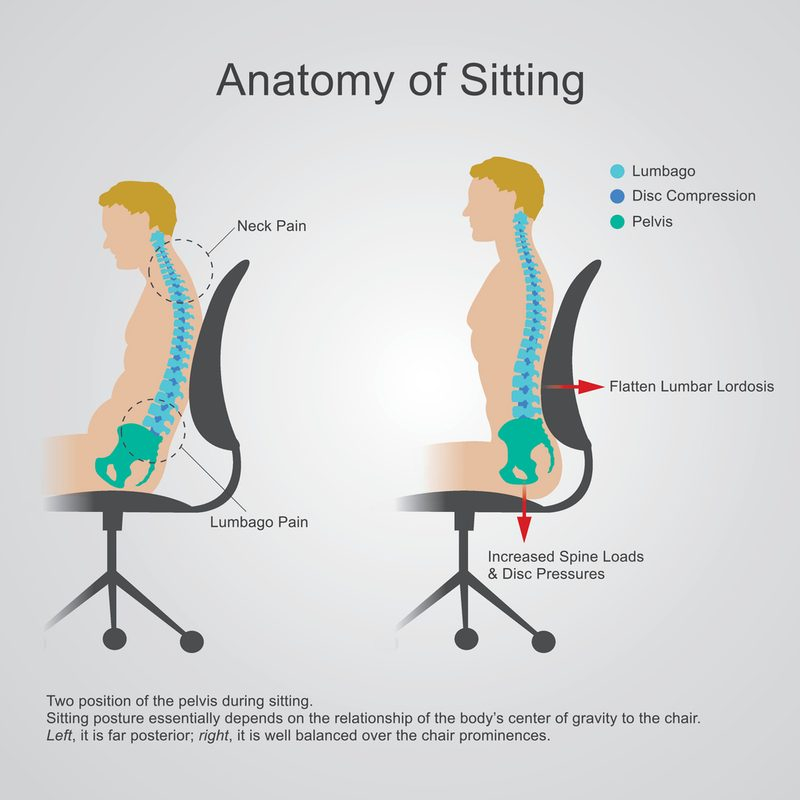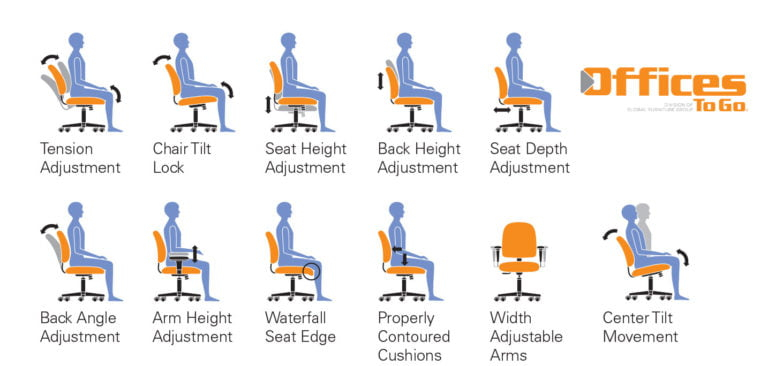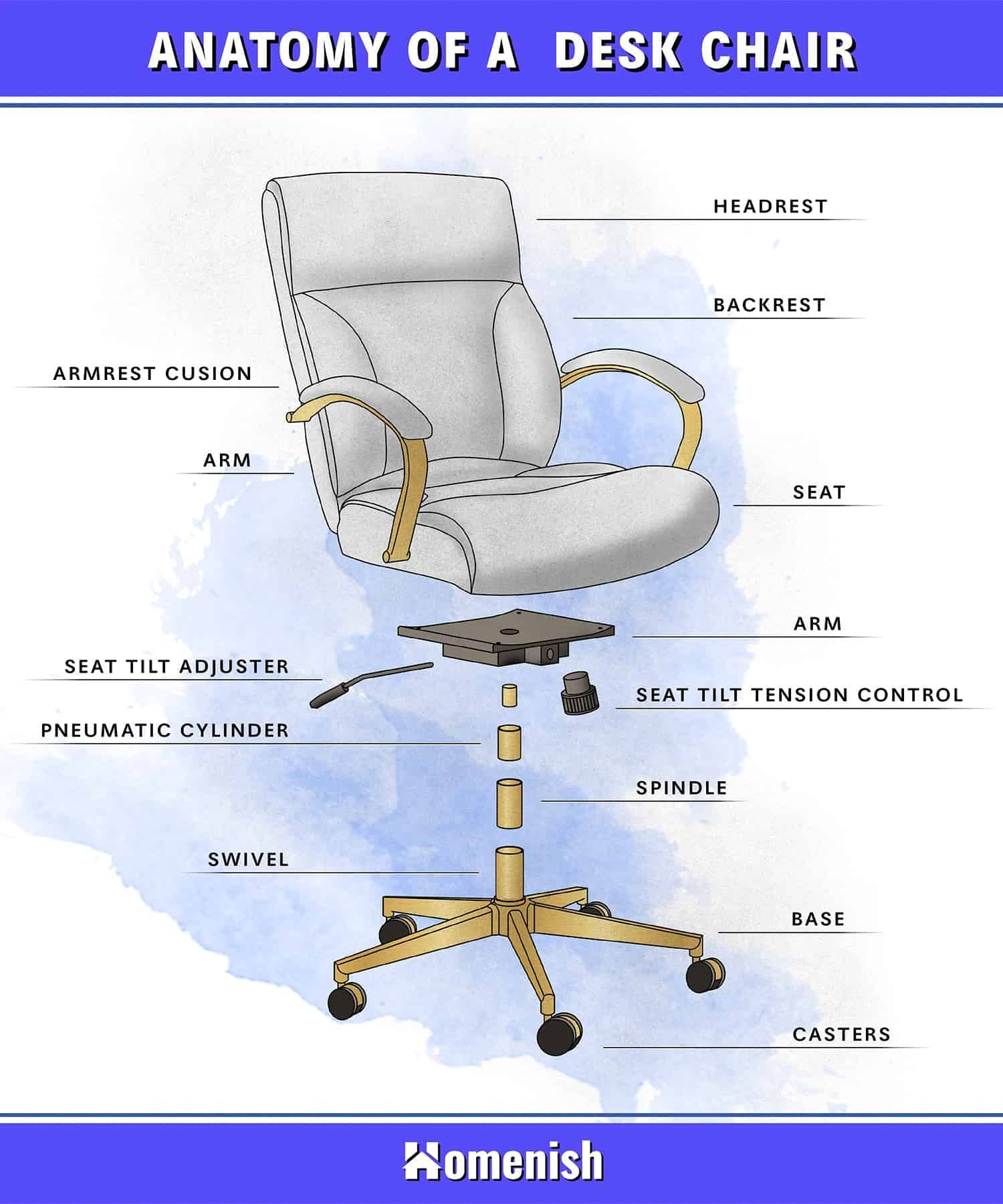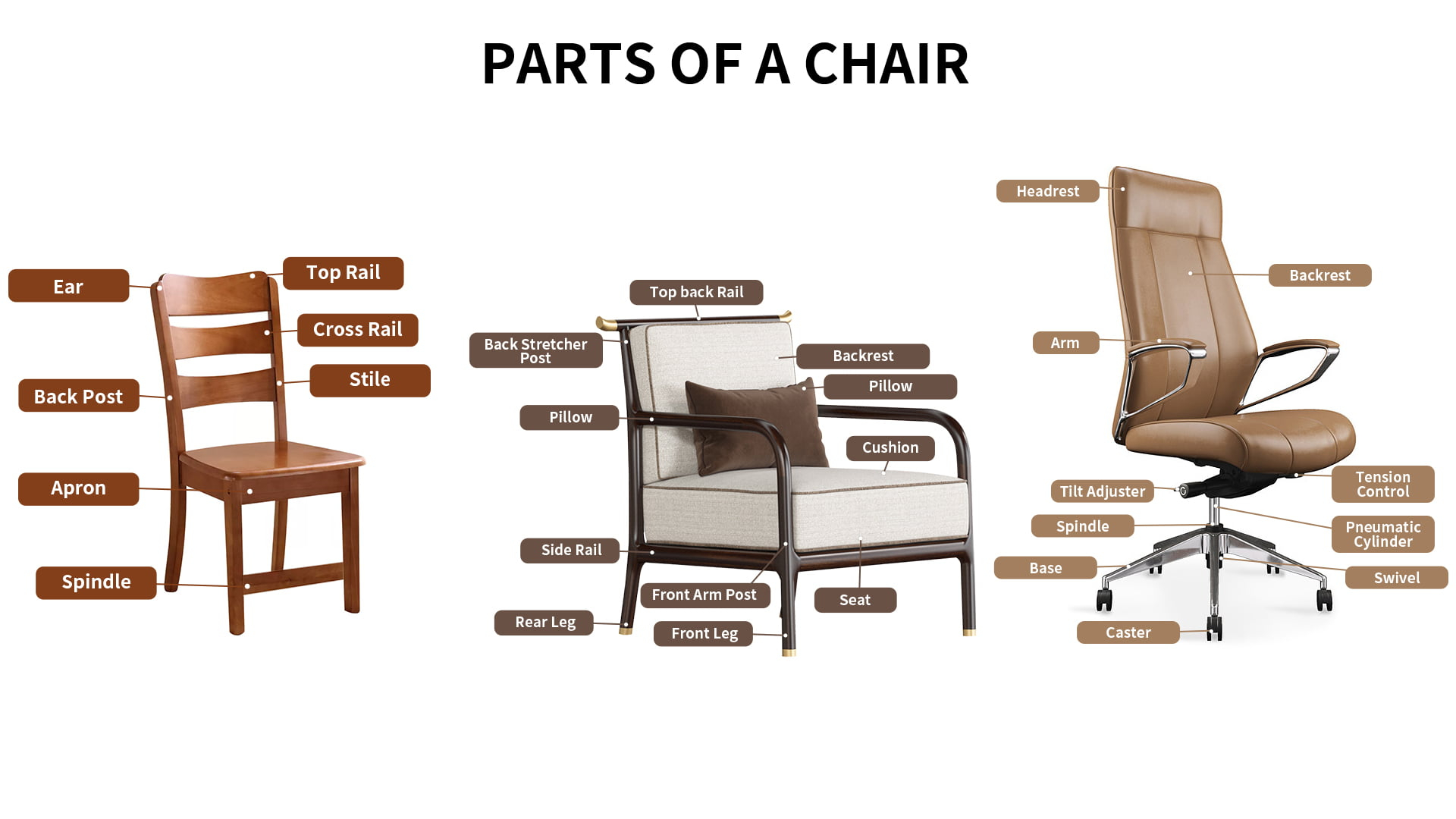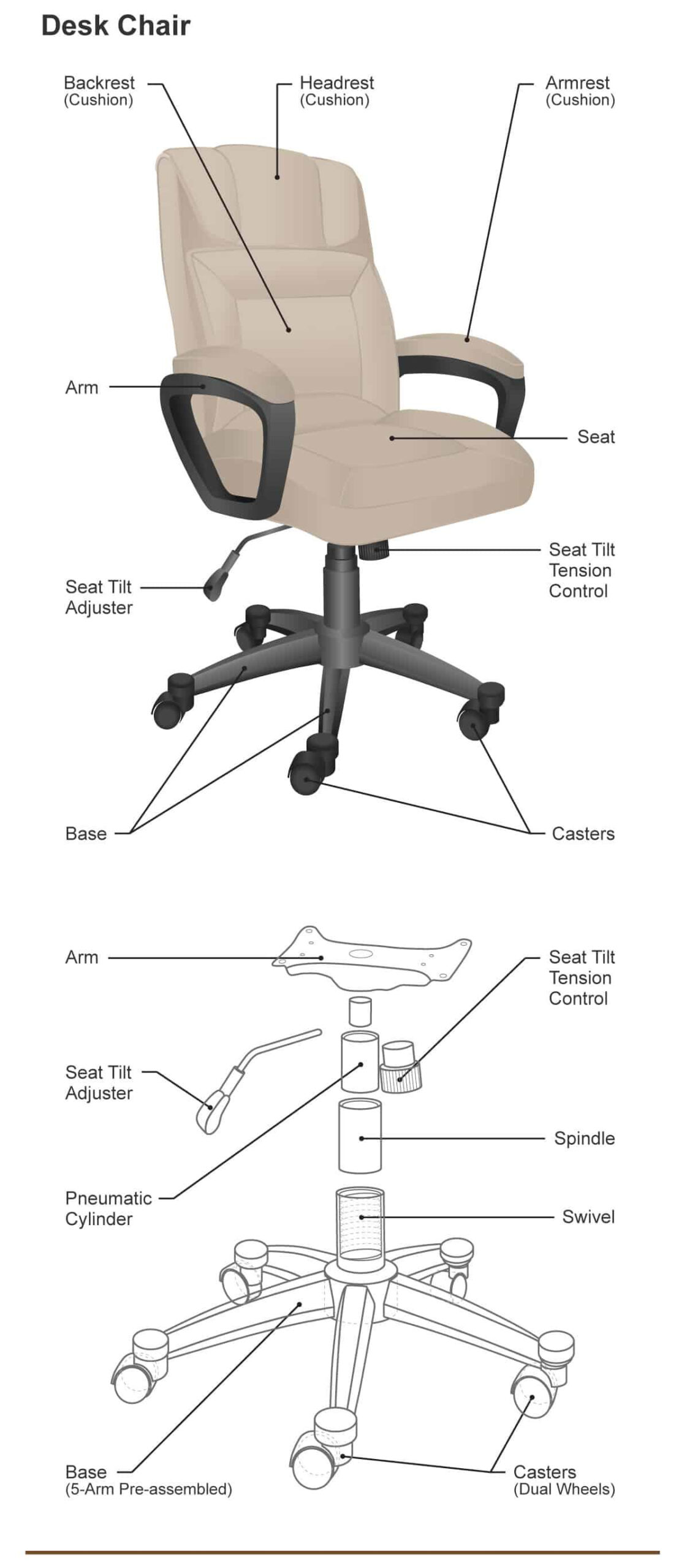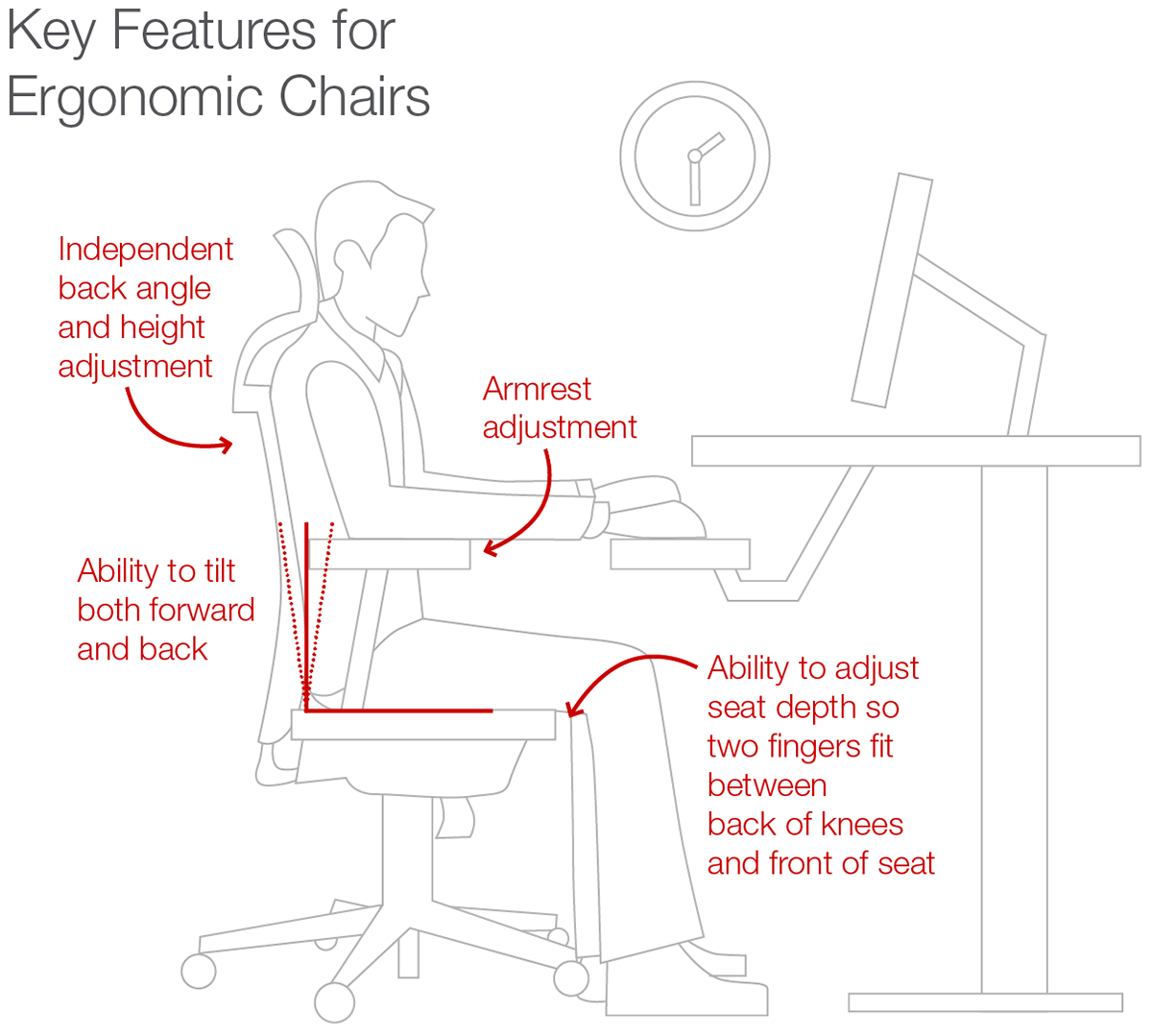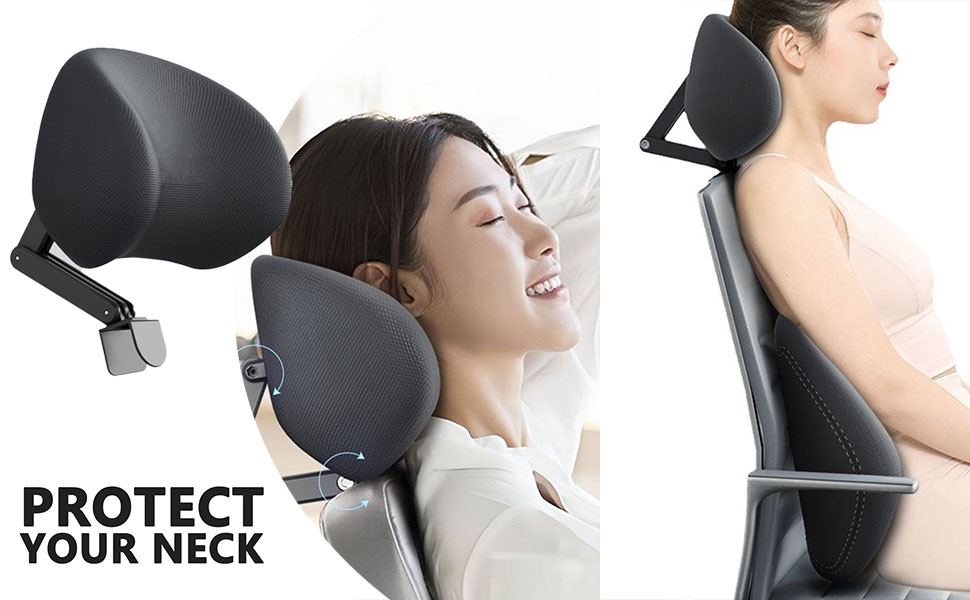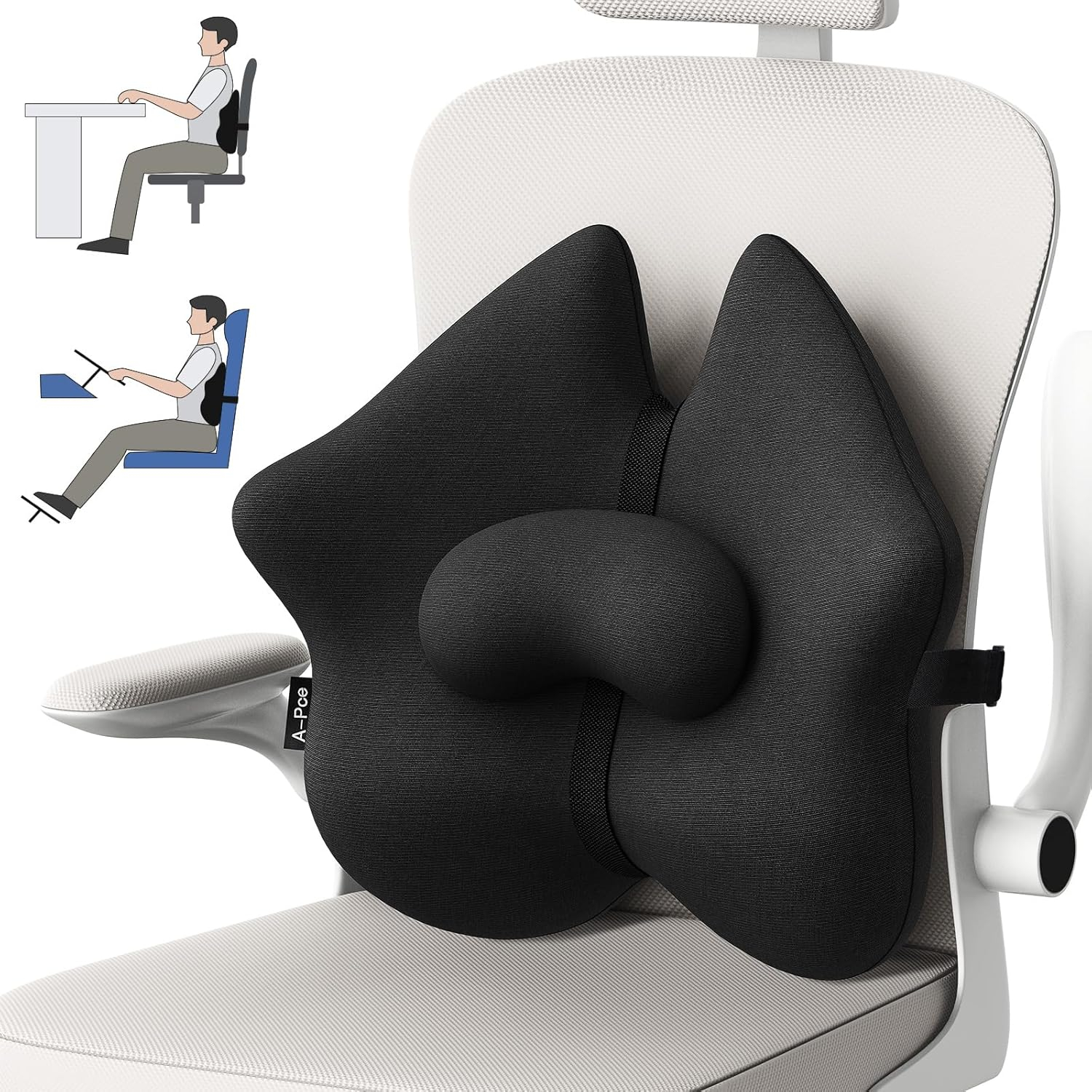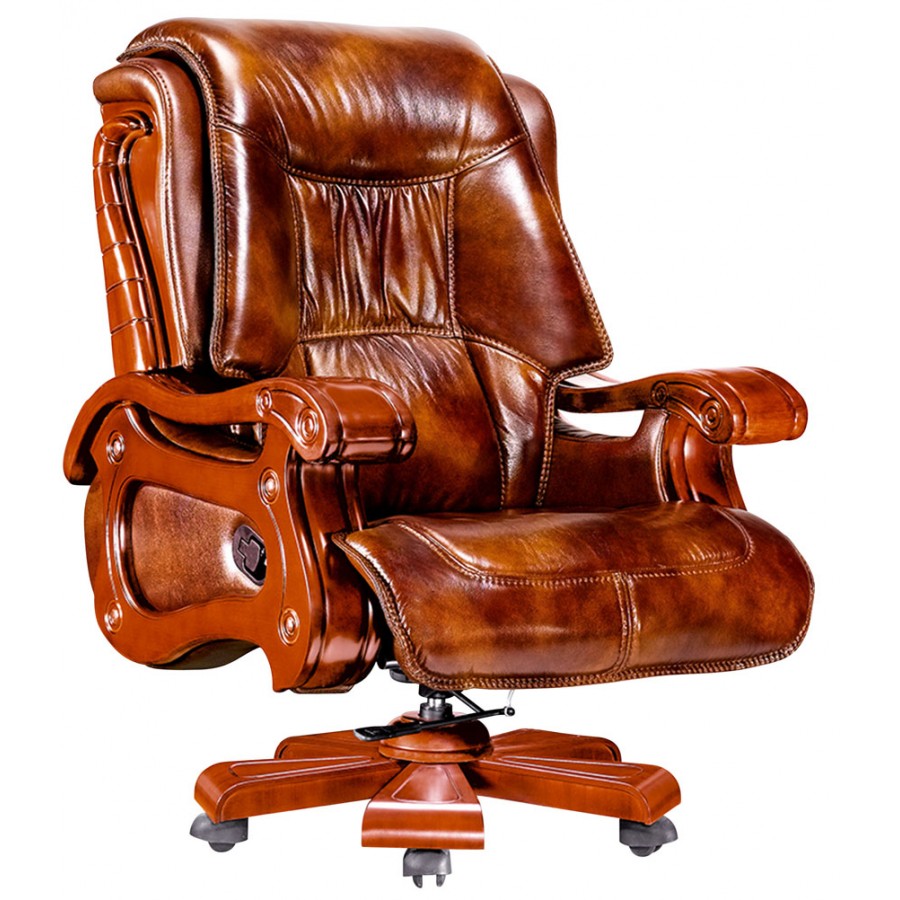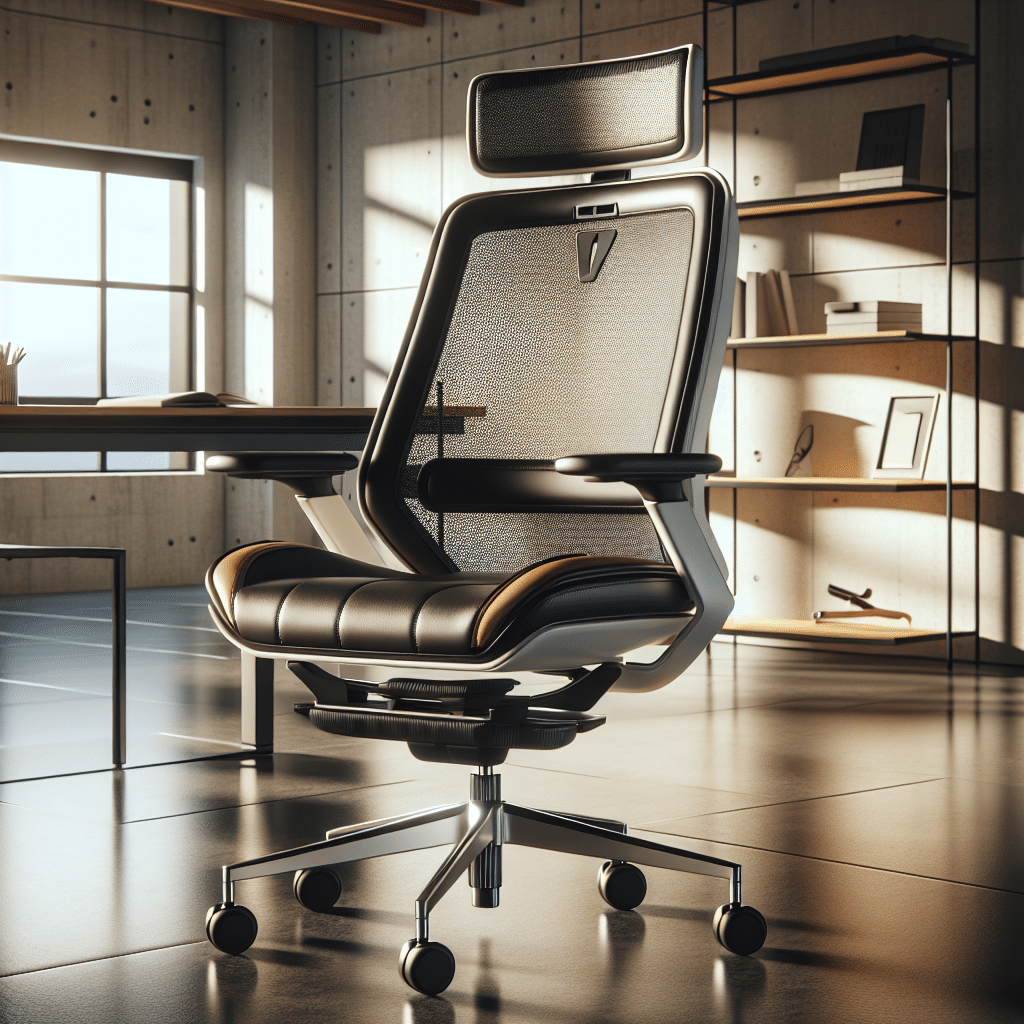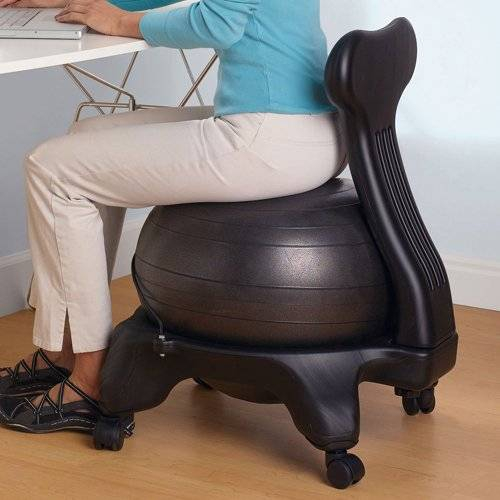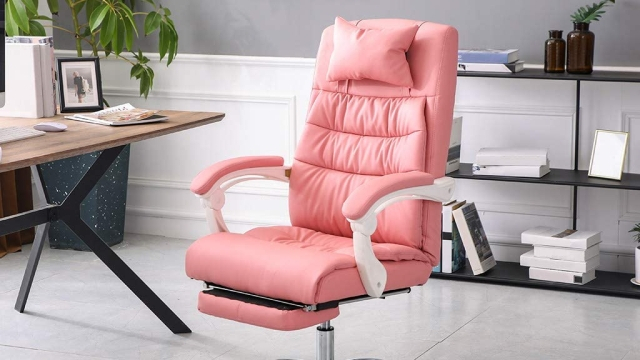We spend a significant portion of our lives sitting, often in the same chair, day in and day out. It’s easy to overlook the importance of our office chair, but this unsung hero of the workspace plays a massive role in our comfort, productivity, and, most importantly, our long-term back health. Ever wonder why some chairs feel like a cloud and others like a medieval torture device? It all comes down to understanding the anatomy of the chair itself. Let’s break down what makes a good chair and how to find one that truly supports you.
Think about it: hours upon hours spent seated. If your chair isn’t designed with ergonomics in mind, your spine, your posture, and your overall comfort can suffer. We’re not just talking about a little stiffness; persistent discomfort can lead to chronic pain and even more serious issues down the road. But the good news is, with a little knowledge, you can navigate the world of office chairs and make an informed choice. It’s not just about aesthetics; it’s about function, support, and creating an environment where your body can thrive, even when you’re stationary. Let’s dive into the nitty-gritty of what makes an office chair a truly great one for your back.
The Foundation: Seat Height and Depth
Let’s start from the ground up, or rather, from the seat down. The seat height is crucial. When you’re sitting, your feet should be flat on the floor, with your knees bent at roughly a 90-degree angle. Your thighs should be parallel to the ground. If the chair is too high, your feet will dangle, putting pressure on your thighs and potentially cutting off circulation. Too low, and your knees might be higher than your hips, which can strain your back. Many chairs offer adjustable height, often via a pneumatic lever.
Next up is seat depth. This refers to how far the seat extends from the backrest to the front edge. You want enough depth to support your thighs, but not so much that the edge presses into the back of your knees. Aim for about two to four fingers’ width between the edge of the seat and the back of your knees. This prevents pressure on nerves and blood vessels. Some chairs even have adjustable seat depth, which is a fantastic feature for a truly customized fit. Finding that sweet spot ensures your legs are properly supported and your posture isn’t compromised.
The Backbone of Support: Lumbar Support
This is arguably the most important feature for back health. The lumbar region is the lower part of your spine, and it has a natural inward curve. A good office chair will have lumbar support designed to complement and maintain this curve. This support can come in various forms: a built-in curve in the backrest, an adjustable cushion that you can move up or down, or even a separate adjustable lumbar support piece.
The goal is to fill that natural gap in your lower back, preventing you from slouching and reducing the strain on your spinal discs. Without adequate lumbar support, you’re much more likely to adopt a C-shaped posture, which is a recipe for back pain. When testing a chair, pay close attention to how the lower back of the seat feels. Does it provide a gentle push that encourages an upright, natural posture? If not, it’s a red flag. Look for chairs where you can really feel that snug, supportive embrace in your lower back.
The Arms Race: Armrests
Armrests might seem like a minor detail, but they play a significant role in shoulder and neck comfort. Properly adjusted armrests should allow your shoulders to remain relaxed, not hunched up. Your elbows should be bent at about a 90-degree angle when resting on them, with your forearms parallel to the floor.
Adjustability is key here. Can you adjust the height? Can you move them in or out? Some armrests even pivot. The ideal scenario is when you can position them so they provide support without forcing your shoulders into an unnatural position. If the armrests are too high, they’ll make you shrug. Too low, and they offer no real benefit. It’s about finding that balance that takes the weight off your shoulders and neck, allowing them to rest comfortably. Many people even choose to remove armrests if they can’t be adjusted correctly, which is perfectly fine if it leads to better posture.
The Recline and Tilt: Dynamic Movement
Sitting still for too long isn’t ideal. That’s where recline and tilt features come into play. A good chair allows you to shift your weight and change your position throughout the day. Recline lets you lean back, which can relieve pressure on your spine. Look for chairs with a smooth recline mechanism and, ideally, a way to lock the backrest at different angles. Some chairs also offer synchro-tilt, where the backrest reclines at a greater ratio than the seat, promoting a more natural body movement.
Tilt tension allows you to adjust how much effort it takes to lean back. You want enough resistance to feel supported, but not so much that it’s difficult to move. Being able to adjust these features means you can find a comfortable position to work, think, or even take a brief moment to stretch without leaving your seat. It encourages subtle movements that are vital for circulation and preventing stiffness.
Material and Breathability: Comfort That Lasts
Beyond the structural components, the materials your chair is made from significantly impact comfort. Upholstery options range from fabric and mesh to leather. Mesh backrests are incredibly popular because they offer excellent breathability, keeping you cool and preventing that sticky feeling on a warm day. Fabric can be comfortable and offer a good grip, but it might not be as breathable. Leather looks luxurious but can also be less breathable and might require more care.
Consider the cushioning of the seat as well. It should be firm enough to provide support without being hard, and it shouldn’t compress too much over time. You don’t want to feel the seat pan digging into your legs after an hour. Think about the environment you work in and your personal preferences. If you tend to overheat, a mesh back is probably your best bet. If you prefer a plusher feel, a well-constructed fabric or even a high-quality bonded leather could work.
Putting It All Together: The Art of Selection
So, how do you put this knowledge to use? When shopping for a new office chair, remember to prioritize adjustability above all else. A chair that can be tailored to your unique body shape and proportions will always be better than a one-size-fits-all solution. Don’t be afraid to try before you buy. Sit in chairs for a good few minutes. Move around, adjust the settings, and see how each component feels. Check for stability and the quality of the materials.
Think about your specific needs. Do you have existing back issues? Are you particularly tall or short? Do you have a long commute and want to ensure your desk time is as comfortable as possible? Reading reviews can be helpful, but personal experience is invaluable. Investing in a good office chair isn’t just an expense; it’s an investment in your health and well-being. Your back will thank you for it, not just today, but for years to come.
Understanding the anatomy of an office chair empowers you to make a choice that genuinely benefits your body. From the precise angle of your knees to the supportive curve of your lumbar, each element plays a part in creating a comfortable and healthy workspace. Don’t underestimate the impact a well-chosen chair can have on your energy levels, focus, and overall physical comfort. By paying attention to seat height and depth, lumbar support, armrest adjustability, recline options, and material quality, you can find a chair that acts as a true partner in your workday. So go forth, decode your chair, and sit your way to a healthier, happier back.

